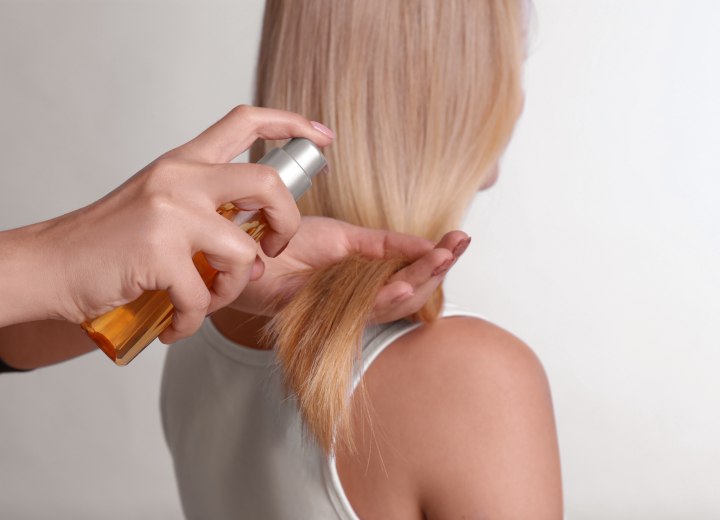Fine Hair & Textured Look

A: The challenge you're facing is common among people with fine hair. Fine hair can be tricky to work with because it lacks the natural body and grip that thicker hair types have, making it harder to hold texture. The good news is that with the right combination of products and techniques, you can achieve the textured look without making your hair look greasy.
For fine hair seeking texture, lightweight products are your best friends. Start with a volumizing mousse applied to damp hair from mid-lengths to ends, avoiding the roots to prevent weighing down your hair at the scalp. Mousse creates lift and body while providing a flexible hold that allows for movement and separation. After applying the mousse, try blow-drying your hair using a diffuser attachment on low heat, scrunching sections as you dry to encourage natural texture and prevent frizz.
Once your hair is about 80% dry, this is where the magic happens for creating that separated, textured look. Apply a small amount of texturizing spray or sea salt spray to your palms, rub them together, and gently scrunch it through your hair. The key word here is "small" because with fine hair, less is always more. These sprays add grit and texture without the heaviness of creams or gels, allowing individual strands to separate.
If you prefer a more defined, piecey texture, consider using a lightweight texturizing paste or clay. These products should be applied sparingly to completely dry hair. Warm a tiny amount between your palms until it becomes pliable, then gently work it through small sections of hair, focusing on the areas where you want the most definition. The trick is to apply it in thin layers and build up gradually rather than using too much at once.
Your styling technique plays a crucial role in achieving the look you want. Instead of combing through your hair after applying product, use your fingers to gently separate and define individual pieces. This finger-styling method helps create natural texture while maintaining volume at the roots. If you do need to use a comb, opt for a wide-tooth comb and use it very sparingly, just to remove any major tangles before applying your styling products.
The length and cut of your hair significantly impacts which techniques will work best for you. If you have a shorter cut like a bob or pixie, you might find that a texturizing spray combined with some strategic finger-tousling gives you exactly what you're looking for. For medium-length hair, layered cuts work beautifully with texturizing products because the layers naturally create movement and separation. If your hair is on the longer side, you might need to focus your texturizing efforts on the mid-lengths and ends, as trying to create texture from root to tip can sometimes look messy.
Environmental factors can also affect your results. Humidity can cause fine hair to fall flat or become frizzy, so having a good anti-humidity spray can be helpful. On the flip side, if you live in a very dry climate, you might need to add a tiny amount of lightweight oil to the ends of your hair to prevent them from looking too crispy or dry after using texturizing products.
©Hairfinder.com
See also:
How to style hair
How to use hair gel and gel sprays